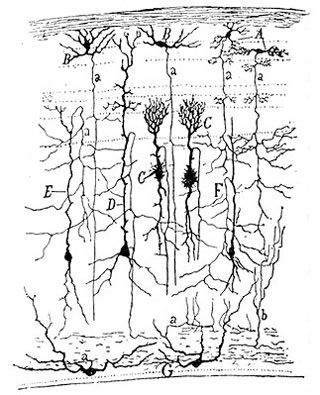Research
Psychiatric illnesses are very poorly understood. We use the framework of reinforcement learning models and Bayesian inference to understand the factors behind individual variability and clinical disorders. In particular, we are interested in differences in prior beliefs and learning in disorders such as schizophrenia, autism, depression and anxiety. For this line of work, we collaborate with psychiatrists and medical teams, in particular Prof Renaud Jardri at the University of Lille, the Royal Edinburgh Hospital (Prof Stephen Lawrie) for projects in schizophrenia and autism, and Dundee Ninewells Hospital and medical school (Prof Douglas Steele).
[1] P. Karvelis, A. Seitz, S. Lawrie and P. Series (2018). Autistic traits, but not schizotypy, predict overweighting of sensory information in Bayesian visual integration, eLife, 7:e34115.
[2] J. Raymond, J. D. Steele and P.Seriès (2017), Modeling trait anxiety: from computational processes to personality, Frontiers in Psychiatry .
[3] V. Valton, L. Romaniuk, D. Steele, S. Lawrie and P. Seriès (2017). Comprehensive Review: Computational Modelling of Schizophrenia. Neuroscience and Biobehavioural Reviews. 83: 631-646.
[4] A. Stolicyn, J.D. Steele and P.Seriès (2016) Conditioned task-set competition: Neural mechanisms of emotional interference in depression, Cogn Affect Behav Neurosci.
see also our research in the news (Science News) and a recent interview I gave in BJPsych Bulletin.
Perception is modulated by our expectations and prior beliefs about the world. What are the theoretical principles underlying those changes? What are the signals that mediate them? What are the consequences of these changes for perception ? Can we account for those changes using the framework of Bayesian inference?
We build mathematical and computer models to address those questions.
We also design psychophysical experiments to investigate how expectations and attention alter visual perception.
[2] G. Sotiropoulos, A.R. Seitz and P.Seriès (2011), Changing expectations about speed alters perceived motion direction. Current Biology.
[3] N. Gekas, M. Chalk, A.R. Seitz and P.Seriès (2013),"Complexity and specificity of experimentally induced expectations in motion perception". Journal of Vision.
How are neurons `read-out' to give rise to perception ? how many neurons are involved in a percept? how optimal is the read-out?
How flexible is it? Can the read-out strategy change dynamically as a function of the task or context?
We build models to test different hypotheses, and design psychophysical experiments to test models' predictions.
What's the precision of the neural code? How is information represented in populations of neurons? To what extent is the brain `noisy' ? What are the mathematical and statistical tools that are best appropriate to answer those questions?
Using information theory and computer simulations, we seek to answer those questions. [1 ] P. Seriès, P. Latham and A. Pouget (2004),Tuning Curve Sharpening for orientation selectivity: coding efficiency and the impact of correlations, Nature Neuroscience . 7. 1129-1135. [2] S. Yarrow, E. Challis and P. Seriès (2012). Fisher and Shannon information in finite neural populations. Neural Computation.
